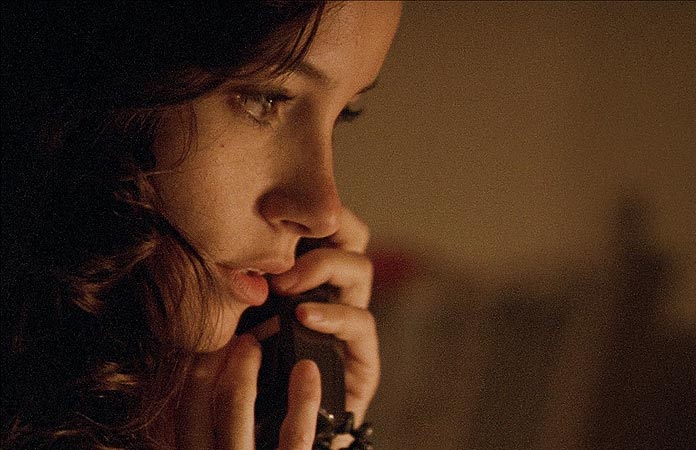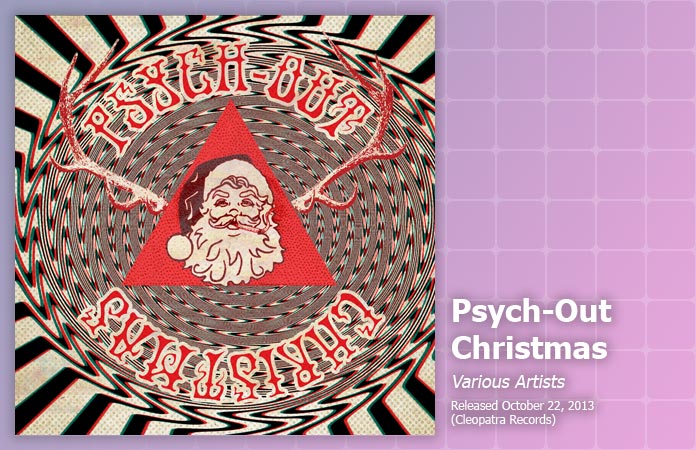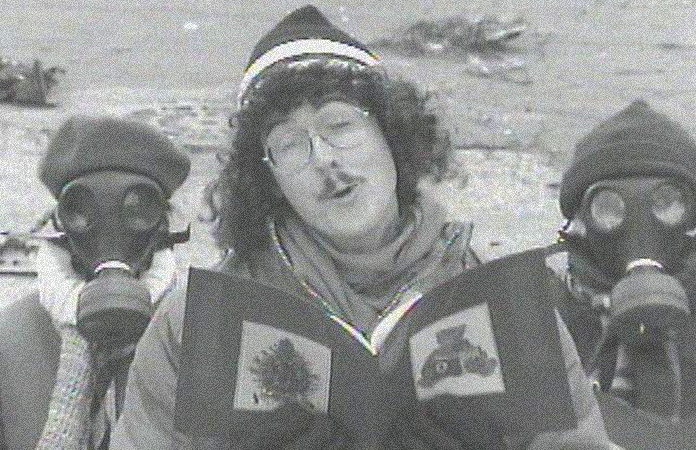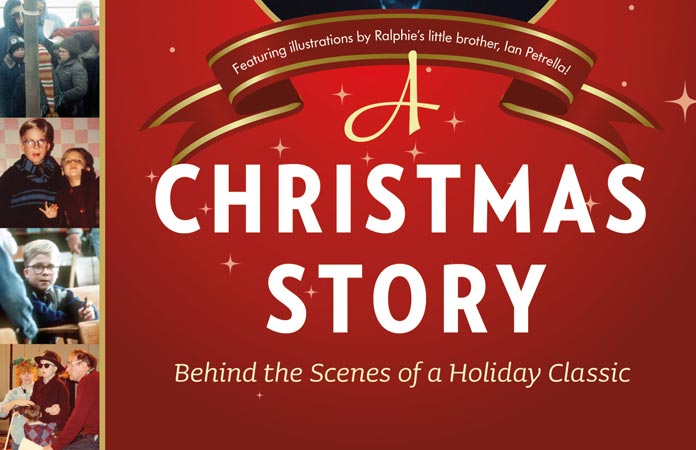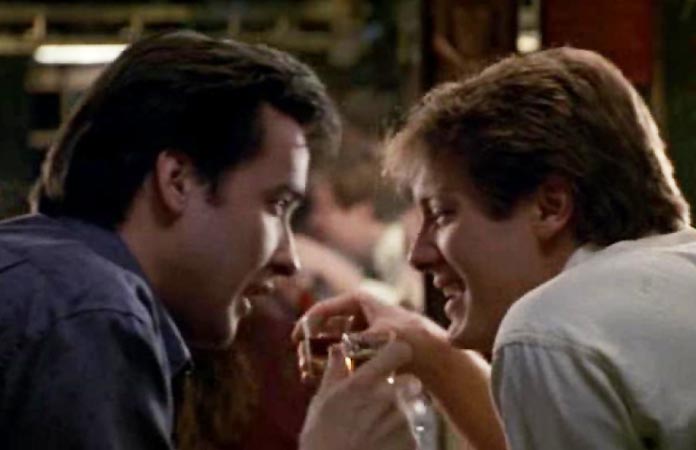Halloween Viewing: Let’s Binge Watch Ti West’s Movies!
Published on October 31st, 2014 in: Halloween, Holidays, Horror, Movies |By Tim Murr
One thing that drove me away from contemporary horror films back in the mid ‘90s was the lack of artistry, the lack of guts, and the lack of a good story. Discount bin fodder like weak PG-13 big studio efforts and boring sequels to should-have-been-over-by-now ’80s slashers didn’t have me rushing to the theater or the video store. Instead, I stuck to renting older horror films and exploring art house and foreign cinema. This was a rewarding and educational time for me, but it burnt my ass to have nothing available but re-watches of The Texas Chainsaw Massacre or Suspiria if I wanted to really get my fix of terror.
Music Review: Various Artists, Psych-Out Christmas
Published on December 20th, 2013 in: Current Faves, Holidays, Music, Music Reviews, Reviews |It’s that time of year when you’re sick to death of Christmas music. The forced cheer, the same five or six songs over and over . . . you know the routine. Thankfully, the fine folks at Cleopatra Records have recently released Psych-Out Christmas, which is exactly that.
Waxing Nostalgic: The Best Holiday Songs of the 1980s (and one from the 1970s)
Published on December 11th, 2013 in: Best Of Lists, Holidays, Music |Just for a moment, let’s pretend there’s no such thing as the War on Christmas (grow up, people; there’s no such thing as a War on Christmas). No politics, no rigamarole, just happy people, coming together to celebrate . . . I don’t know . . . winter? Can we all live with that? Here’s some music from the 1980s that will help you joyously celebrate whatever Solstice-oriented birthday party of cultures and Temple dedications that you and your family deem fit. Or maybe don’t celebrate anything. I ain’t your momma.
Book Review: A Christmas Story: Behind The Scenes Of A Holiday Classic
Published on November 6th, 2013 in: Book Reviews, Books, Canadian Content, Current Faves, Holidays, Movies, Reviews, Underground/Cult |A Christmas Story seems like one of those films that was always part of our cultural heritage. Every Christmas, TBS broadcasts it in a 24-hour loop, phrases like “you’ll shoot your eye out” have entered the lexicon, and tchotchkes like the infamous leg lamp sell in large quantities online. Because of the film’s ubiquity, viewers can take for granted what went into getting it made. Writer Caseen Gaines (with the assistance of Jean Shepherd scholar Eugene P. Bergman and actor Wil Wheaton) lifts the curtain on the making of this beloved feature with the book A Christmas Story: Behind the Scenes of a Holiday Classic.
Ten Films For The Fourth Of July
Published on July 3rd, 2013 in: Holidays, Listicles, Movies, Top Ten Lists |On Thursday, the United States observes its Independence Day. Many Americans will celebrate with cookouts, fireworks, or parades, and many of them will also kick back with a favorite, seasonably appropriate movie. The movies one usually thinks of on the Fourth of July are generally war movies or historical films, like Saving Private Ryan or Patriot, and those are perfectly valid options. However, I thought I’d suggest a few more offbeat choices for films to watch while escaping the heat on the Fourth.
Top Ten: More Holiday Tunes That Won’t Make You Sick
Published on December 21st, 2012 in: Holidays, Listicles, Music, Top Ten Lists |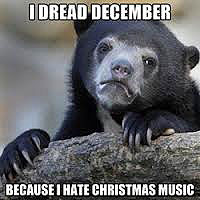
We all hate the played out holiday tunes that we’re forced to hear every year in malls, grocery stores, offices, and restaurants beginning at the end of November (or for those of us in Canada, the beginning of November). I can’t say I unequivocally hate Christmas music, just the Christmas music I hate. Here are ten songs that might change your mind about holiday tuneage.
The Vince Guaraldi Trio, A Charlie Brown Christmas
Published on December 13th, 2012 in: Current Faves, Holidays, Music, Music Reviews, Retrovirus, Reviews, Soundtracks and Scores, TV |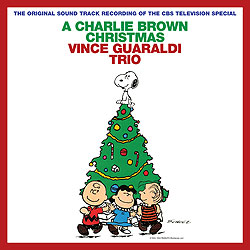
The tinkling piano lines, rolling brushed drums, and sprightly tempos of Vince Guaraldi’s soundtrack to the classic TV special A Charlie Brown Christmas are a welcome sign of the holiday season. Guaraldi’s keyboard treatments of classic Christmas songs like “Greensleeves,” “O Tannenbaum,” and the classic children’s choral arrangement of “Hark! The Herald Angels Sing” give these classics a new sound. Some of his originals, such as “Christmas Time is Here,” portray the loneliness and melancholy of the holiday season though a few minor chords and a contemplative melody. Other new songs, like the bright, upbeat “Linus and Lucy,” sound like the rush of energy you sometimes felt as a kid around the holiday.
Ancient Traditions: A Krampus Primer
Published on December 10th, 2012 in: Culture Shock, Holidays, Horror |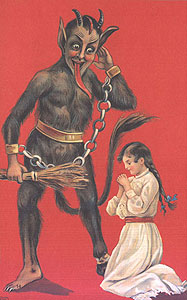
Image from Krampus.com,
courtesy of Monte Beauchamp’s
Krampus: The Devil of Christmas
You might have the word “Krampus” around the Internet lately and wondered what it meant. It’s something I only discovered last December and have always meant to investigate further. Luckily, dear readers, you can now benefit from my research into this ancient tradition!
Wikipedia has a brief, but helpful description: “Krampus is a beast-like creature from the folklore of Alpine countries thought to punish bad children during the Christmas season, in contrast with Saint Nicholas, who rewards nice ones with gifts. Krampus is said to capture particularly naughty children in his sack and carry them away to his lair.”
This sounds absolutely amazing to me. The website Krampus.com has an even more detailed and frankly disturbing description which details that the creature is “the dark companion of St. Nicholas” and often depicted as a devil-like beast with “horns, cloven hooves, and a monstrous tongue.” Not only does Krampus punish bad children, he also “swat[s] them with switches and rusty chains before dragging them in baskets to a fiery place below.” This actually reminds me of the demon figure in Insidious, which, Darth Maul jokes aside, scared the crap out of me for months.
It’s (less than) a Wonderful Life
Published on December 6th, 2012 in: Holidays, Movies, Over the Gadfly's Nest |I am about to share what I’m sure will be an unpopular opinion. I don’t care for It’s a Wonderful Life.
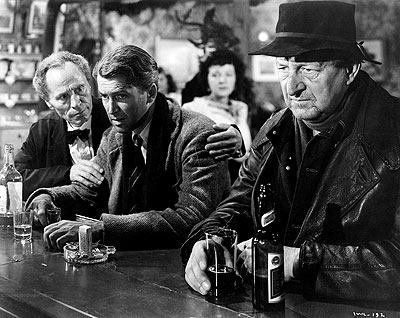
In case there’s anyone out there who hasn’t seen it, It’s a Wonderful Life is a 1946 film directed by Frank Capra and starring James Stewart, Donna Reed, and Henry Tavers. Stewart plays George Bailey, a building-and-loan manager who is thrown into crisis on Christmas Eve when his uncle (a co-worker) misplaces $8,000 that was meant to be deposited in the bank. Faced with criminal charges over the money and beset by lot of small emergencies at home, George contemplates suicide and wishes aloud that he’d never been born. A kindly angel named Clarence (Tavers) comes down and shows George what the world would be like if that were the case.
Assemblog: November 30, 2012
Published on November 30th, 2012 in: Assemblog, Copyright/Piracy, Holidays, Horror, Music, The Internets, Trailers |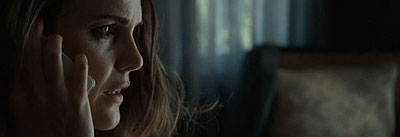
Dark Skies
New this week on Popshifter: I give thanks and praise to “Echoes From The Sleep Room,” the last lecture in The Black Museum’s series and explain how shaking off the movie Excision is a lot harder than I thought it would be.
